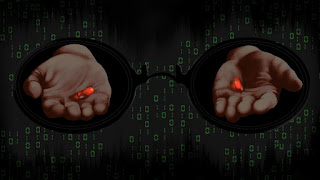Chapter 17: Learning from the Past and Building a Better Future
It's to the future to resolve what past done wrong
1. The role of the past: Our past experiences, both positive and negative, shape who we are and inform our decisions. While we cannot change the past, we can learn from it and use these lessons to inform our actions moving forward. This growth mindset allows us to adapt and evolve, striving to create a better future.
2. Addressing past wrongs: Recognizing and acknowledging the mistakes and injustices of the past is a crucial step in building a brighter future. By understanding what went wrong and why, we can work to avoid repeating these errors and create a more just and compassionate society.
3. The power of the future: The future holds the potential for change and growth, providing opportunities to rectify past wrongs and build a better world. With this perspective, we can focus on creating positive change and addressing the challenges that have arisen from past mistakes.
4. Collective responsibility: It is essential for individuals, communities, and nations to work together to address past wrongs and build a brighter future. This collaborative approach encourages shared responsibility and fosters a sense of unity, empowering people to make meaningful changes.
5. Embracing progress: As we work toward resolving past issues and creating a better future, it is vital to embrace progress and celebrate the achievements made along the way. By acknowledging the positive steps taken, we can maintain hope and motivation, inspiring further growth and development.
The principle "It's to the future to resolve what past done wrong" emphasizes the importance of learning from past mistakes and using this knowledge to create a better future. By acknowledging and addressing the wrongs of the past, we can collectively work toward a more just, compassionate, and resilient society.



Comments
Post a Comment